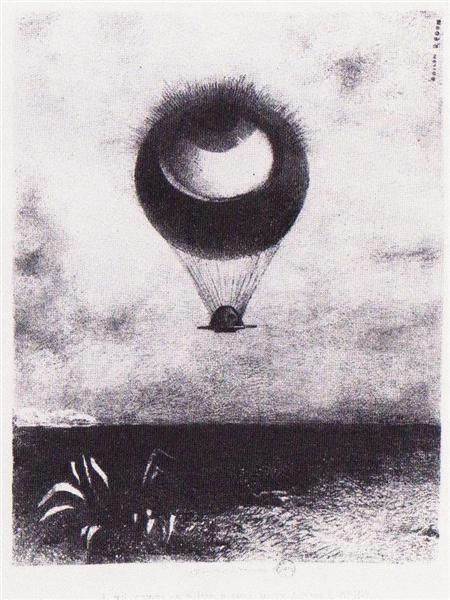Doctors need to listen up: how Plato helps healthcare to hear the patient’s voice. From the article:
Listening is not known to be a physician’s strength. Patients are usually interrupted within 10 – 18 seconds of their opening narrative. Physicians prefer to use rational close-ended questions, effective checklists framing symptoms and easy to use diagnostic guidelines. These frames fit how the healthcare system is designed. These frames and the healthcare design turn physicians into clerical workers and makes them go numb in the process. Physicians are reimbursed by how many tests they produce, not on how much time they spend listening to the patient. Therefore, 30 % of tests are unnecessary and only 12 % of physicians’ time is spent with patients. Meanwhile, 40 % of physicians’ time is spent on the computer….
Today, the culture of medicine and its diagnostic processes are technologically driven. This makes it hard for the art of diagnosis, or art of medicine as clinical excellence. The process of diagnosis is not just about getting one diagnosis; it is also about options. Patients are not informed about how to promote listening in healthcare….
A philosophy of listening according to Plato is an invitation to question listening and speaking in four steps…. The fourth step in Plato’s philosophy of listening concerns the relationship between the listener and the speaker. The role of the speaker is to prepare the listener to listen to what is going to be said, while the role of the listener is to show the speaker what needs to be said in order for the listener to attend….
Physicians Dr. Leana Wen and Dr. Joshua Kosowsky [in their book, When doctors don’t listen] create eight pillars for patients to get the right diagnosis from their doctor. The processes and tips they give are attempts to make the patient’s voice break through in the diagnostic process. The eight pillars are the same as Plato’s fourth criteria: how the speaker (patient’s voice) can prepare the listener (physician) on how the role of the listener to make the listener attentive. The patient actually has to check on everything the physician it trying to do, even during the physical exam. This can seem annoying to a physician, but it should be embraced. The patient will help the physician get the right diagnosis at an earlier stage. By activating the patient, the physician will perform better in the complex stages of trying to reach a correct diagnosis, differential diagnosis or at least be communicative about the working diagnosis. The eight pillars, then, are a way of developing a working diagnosis. A patient needs to grasp how a diagnostic process works. Drs. Wen and Kosowsky explain it is no good being “a good patient” (i.e. a silent one), since this will lead to inferior care. “Medical care is not a popularity contest,” they state; rather, it is about life and death.
For other posts by Philippa Göranson, see here and here.
For posts on narrative medicine, see here.






Leave A Comment